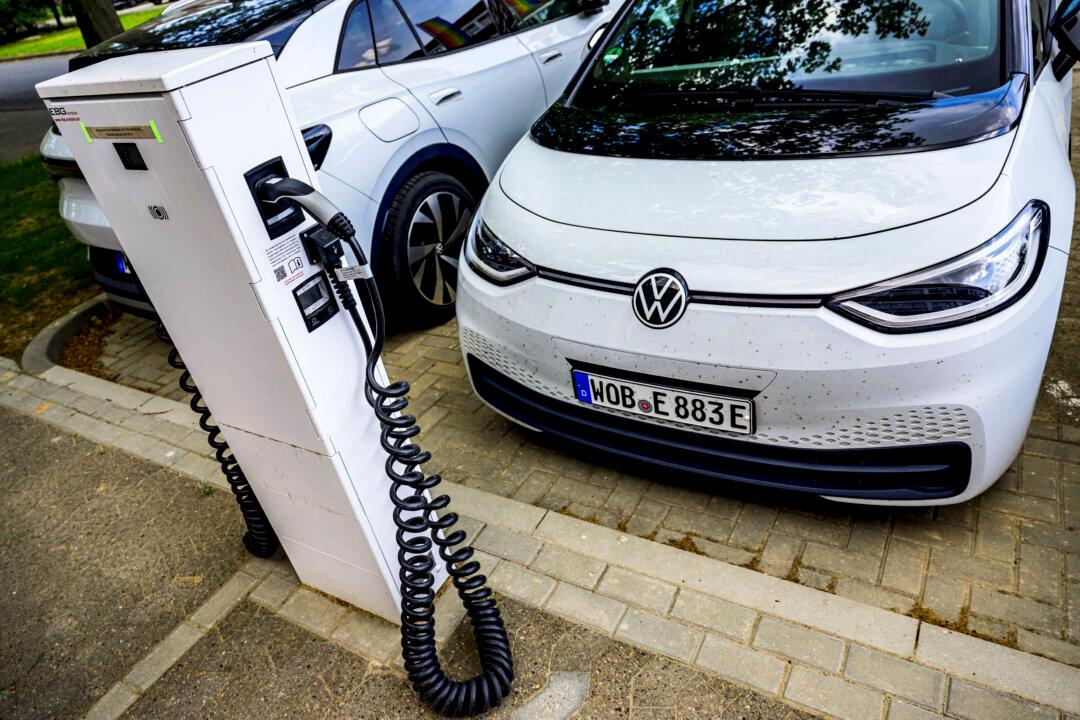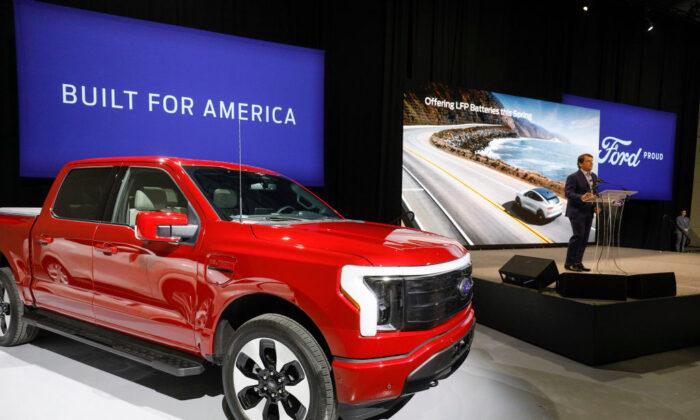More electric vehicle (EV) drivers are thinking about switching back to internal combustion engine automobiles, according to new findings from the 2024 McKinsey & Co. Mobility Consumer Global Survey.
Forty-six percent of EV owners surveyed in the United States said they will likely return to driving gas-powered vehicles.
Globally, the survey of 30,000 respondents in 15 countries found that 29 percent of EV owners are likely to go back to driving gas-powered cars.
Australia topped the list, with 49 percent confirming that they want to return to driving gas-powered automobiles.
The lack of public charging infrastructure was the chief reason respondents wanted to switch back to gas-powered vehicles, with 35 percent saying that it is “not yet good enough” for them.
Thirty-four percent said that the total costs of EV ownership were “too high.”
The other reasons for being disappointed in electric cars were the inability to charge at home (24 percent), too much worry and stress about charging (21 percent), changing mobility requirements (16 percent), and not enjoying the driving experience (13 percent).
Overall, 21 percent of global respondents said they would never want to switch to an EV, unchanged from 2022. By comparison, 18 percent said their next automobile will be an EV, up from 16 percent in 2022.
Twenty-nine percent said they want to replace their automobile with other forms of transportation in the next 10 years. They cited expensive car ownership costs, a desire to live a more sustainable lifestyle, and remote work.
Other studies have found similar trends in the United States.
According to the BloombergNEF 2024 Electric Vehicle Outlook, there has been growing consumer consternation surrounding the EV market.
America’s EV Infrastructure
The White House aims to have 56 percent of all new vehicle sales be electric by 2032.In order to boost EV sales across the country, President Joe Biden announced in March the strictest regulation on vehicle emissions to nudge the auto sector’s transition to electric cars.

President Biden’s recent measure plans to limit the annual amount of pollution allowed from car exhausts. Automakers that fail to meet these new standards will incur tough penalties.
But while the United States has been facilitating a market of more EV sales, the infrastructure has been lacking.
In the landmark 2021 Infrastructure Investment and Jobs Act, lawmakers approved $7.5 billion to construct 500,000 public charging stations for electric cars nationwide. The Inflation Reduction Act also boosts tax credits for EVs and charger installations.
To date, only eight public EV-charging stations have been deployed.
“That is pathetic. We’re now three years into this. That is a vast administrative failure,” Sen. Jeff Merkley (D-Ore.) said at a June 5 Senate Committee on Environment and Public Works hearing. “Something is terribly wrong and it needs to be fixed.”
Transportation Secretary Pete Buttigieg has said that the administration plans to build 500,000 chargers by 2030.
When host Margaret Brennan asked why only seven or eight chargers had been built, he reiterated that a half-million chargers would be built in the next six years.
“And the very first handful of chargers are now already being physically built,” the secretary said.
Earlier this month, the Biden administration announced an extra $1.3 billion in funding to expand EV charging infrastructure in urban and rural communities.
State of the US EV Market
Over the past year, U.S. consumer demand for EVs has stalled, forcing automakers such as General Motors, Ford Motor, and Volkswagen to scale back or postpone their EV plans.But while motorists’ appetites for electric cars have faded, EV prices have been falling, particularly for used ones.
Data from iSeeCars show that used EV prices were, on average, 8 percent lower than the average price for a used gas-powered car.
“There’s no denying the crash in used electric vehicle values over the past year,” said Karl Brauer, executive analyst at iSeeCars. “We’ve watched [EVs’] prices fall between 30 and 40 percent since June of last year, while the average gas car’s price has dropped by just 3 to 7 percent in that same timeframe.”
In January, Hertz revealed that it was selling off 20,000 EVs, representing about one-third of its entire EV fleet. The car rental company was even selling used Teslas at an average price of $25,000.
New Electric Cars
Edmunds figures highlight that the cheapest new electric cars today are the 2024 Nissan Leaf ($28,140), 2024 Mini Electric Hardtop ($30,900), and 2024 Tesla Model 3 ($38,990).EV market conditions are expected to stabilize in the next couple of years.
According to S&P Global Ratings, modest demand growth will range between 1 percent and 2 percent from 2024 to 2026.
“Softer sales growth in March (which equated to an annual sales rate of 15.5 million units) is consistent with our forecasts, which incorporate a delayed impact on consumer purchasing power from the contiguous macroeconomic shocks of high vehicle prices, ongoing inflation, and higher interest rates for longer,” the firm stated in an April report.







